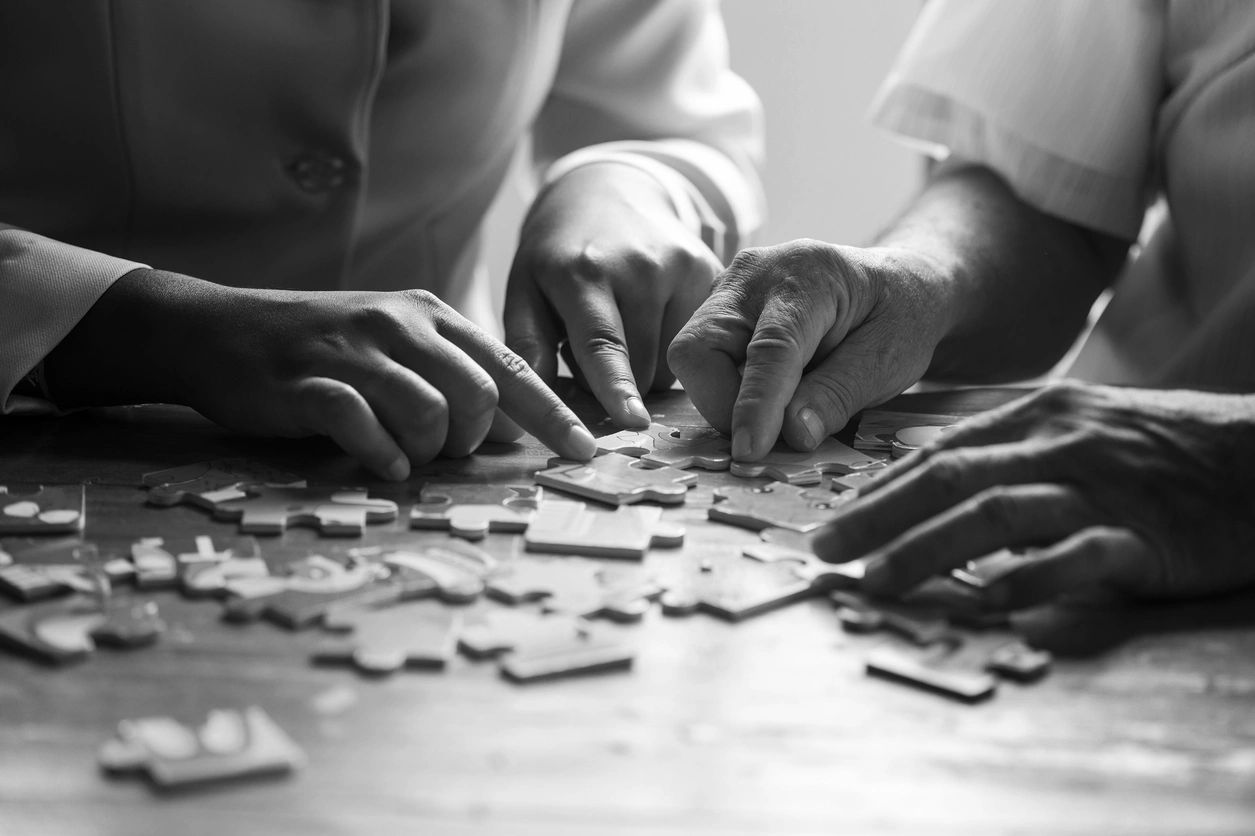June, National Safety Month and focuses on reducing leading causes of injury and death on the road and in our homes and communities. With that in mind here are some interesting statistics as well as tips on helping to prevent injuries to our loved ones.
Today, Americans are living longer while staying active and healthy. But adults 65 and older are at risk for falls, which can signal the beginning of the end of that active life – and their independence. Injuries from falls can lead to limited activity, reduced mobility, loss of fitness and a fear of falling, all of which increase risk of additional injury.
Falls also are the leading cause of injury-related death for adults age 65 and older, according to Injury Facts 2017, the statistical report on unintentional injuries created by the National Safety Council. This is not surprising considering falls are among the most common causes of traumatic brain injury. More than 33,000 people died from falls in 2015, and the vast majority of them were over age 65.
- According to the Centers for Disease Control and Prevention:
– One in three older adults falls each year
– About 2.5 million nonfatal falls were treated in emergency departments in 2013
– Of those, 734,000 people were admitted to the hospital
– That year, 25,500 older adults died from unintentional falls
– More than 250,000 hip fractures are reported every year, and 95 percent of those are from falls
- While falls can happen anywhere, they most often occur at home. What can you do to make your home or the home of someone you love safer?
– Remove clutter, small furniture, pet gear, electrical cords, throw rugs and anything else that might cause someone to trip
– Arrange or remove furniture so there is plenty of room for walking
– Secure carpets to the floor
– Wipe up spills immediately
– Make sure outdoor areas are well lit and walkways are smooth and free from ice
– Use non-slip adhesive strips on stairs
– Use non-skid mats or appliques in the bath and shower
– Install grab bars in the tub, shower and near the toilet
– Install railings on both sides of stairs
– Provide adequate lighting in every room and stairway
– Place nightlights in kitchen, bath and hallways
– Make often-used items more accessible, like food, clothing, etc., so an older person won’t be tempted to use a stool or ladder to get to them
– If necessary, provide personal walking devices, such as a cane or walker, to aid in stability
The role reversal involved with taking care of an aging parent can be challenging; not every parent wants their child’s advice or help in making their home safe. Let them know how much you love and value them and want them to be safe. They might even discover life can be a lot easier with the proper precautions in place.






